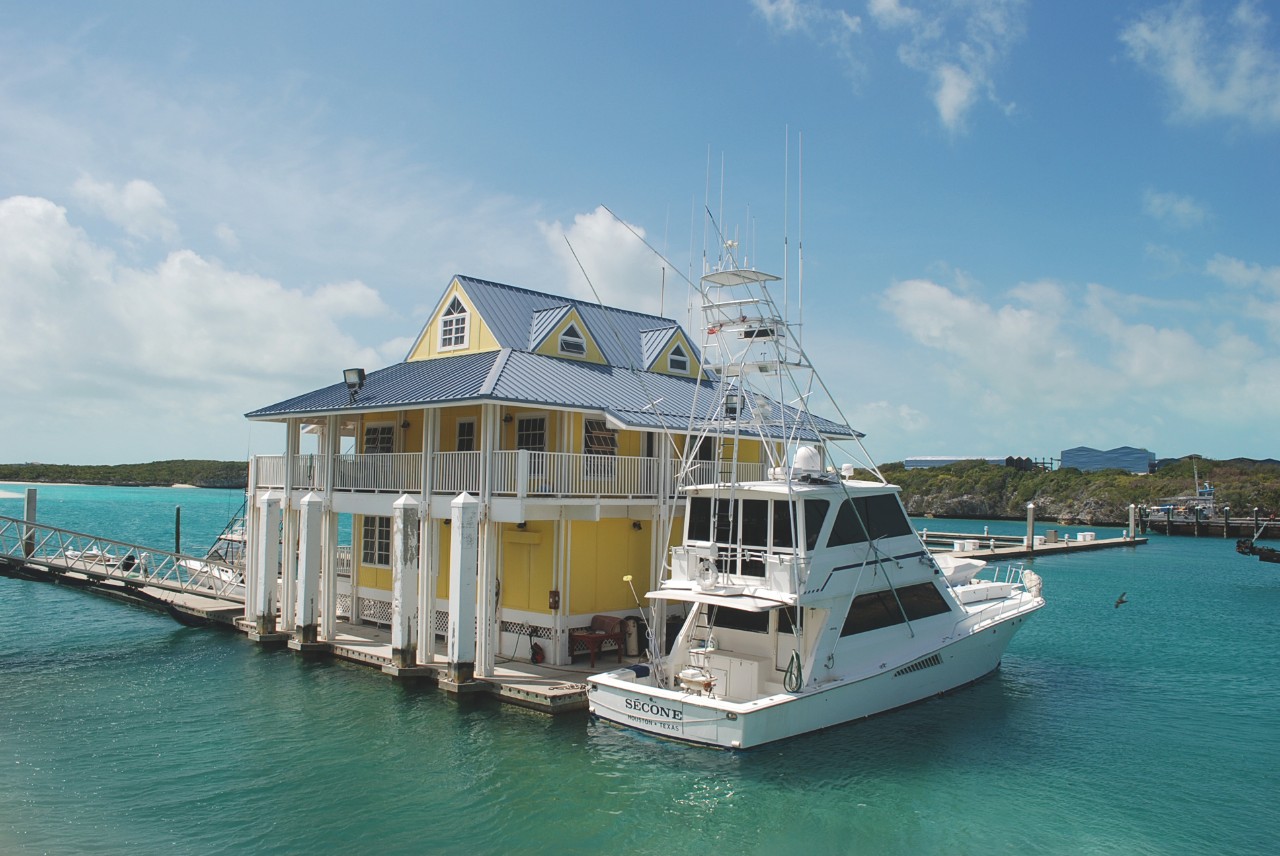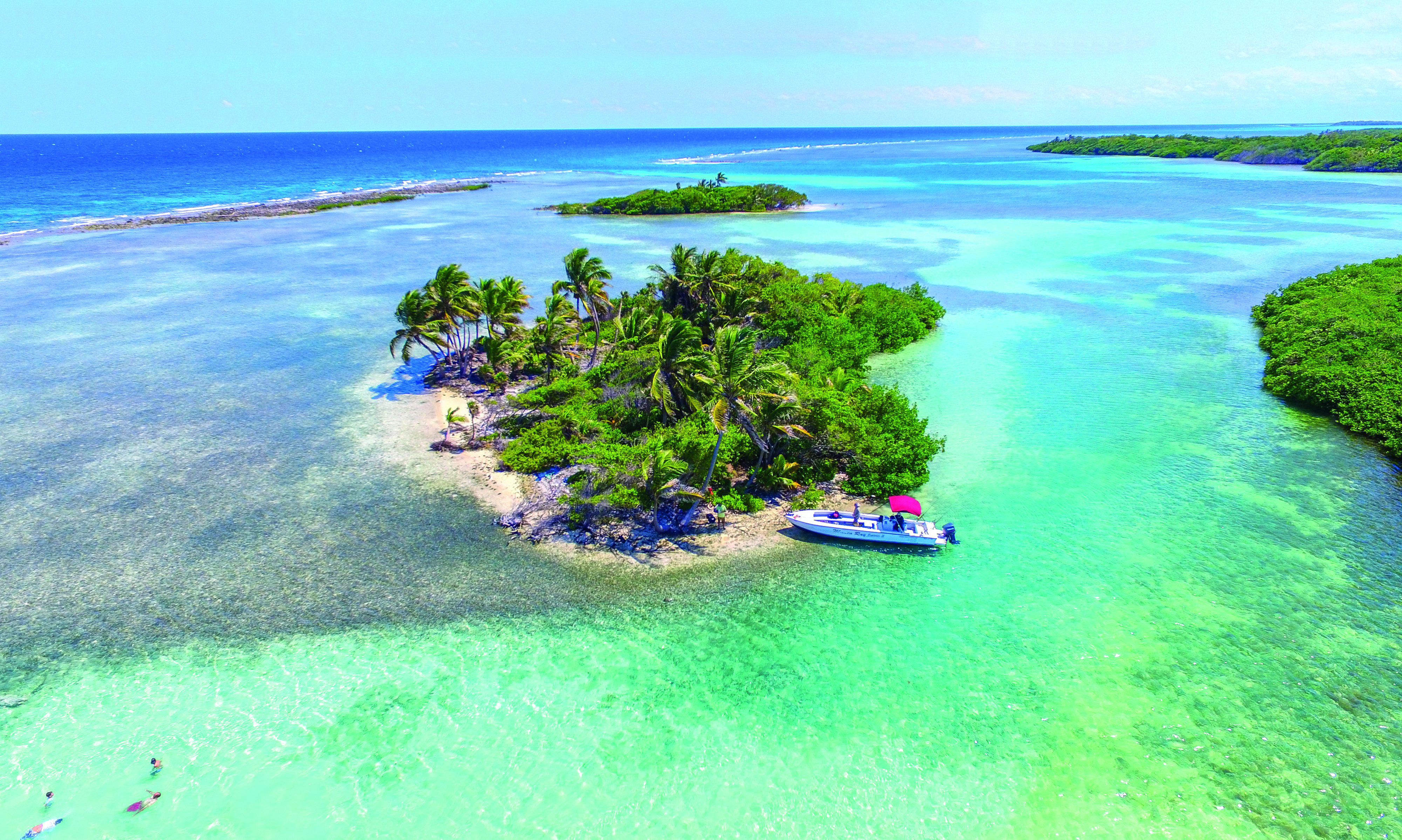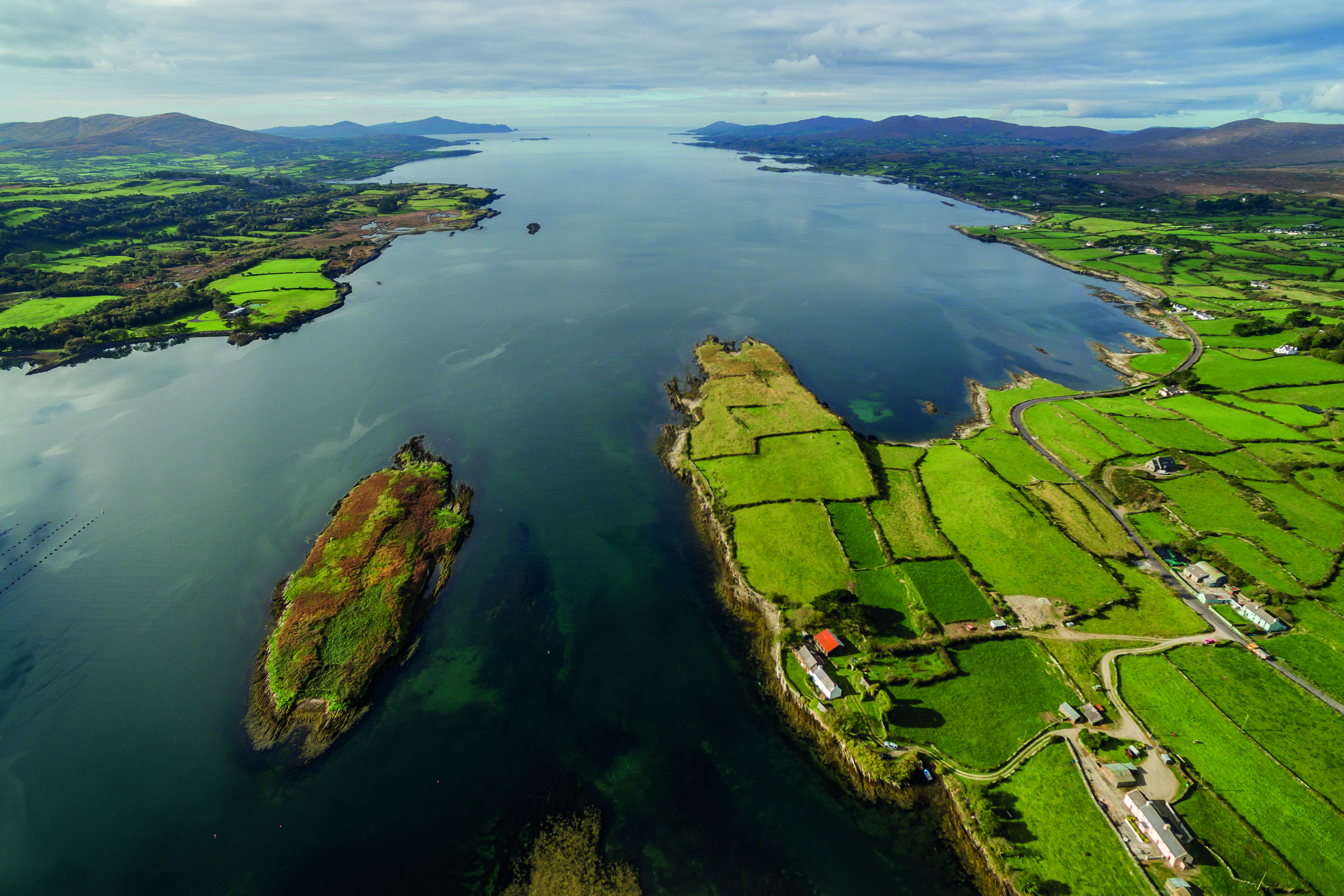Frustrated by modern life? Sick of the rat race? Dominic Bliss finds out what it’s like to live on a private island.
Dave Glasheen has lived on his own private island off the north-eastern tip of Australia for the last 20 years – most of it with just pet dogs as companions. With his long white hair and straggly beard, and a dress code rarely amounting to much more than scruffy swimming shorts, he looks like a modern-day Robinson Crusoe.
A former big-city businessman who lost his fortune in the 1987 stock market crash, Dave first came to Restoration Island, a 100-acre volcanic islet right at the top of the Great Barrier Reef, when he and two business partners bought the lease back in 1994. Now 75 years old, he lives all alone in a run-down boat shed, eating local fish and fruit, growing his own vegetables and brewing his own beer. “It’s a luxury item but it’s a necessary luxury,” he says of the latter.
The only income he has is his Australian state pension. He also manages to trade his home-brew beer with passing fishermen for the odd fish dinner. “It’s not trading,” he says, wary that bartering beer is actually illegal under Australian law. “People like to give me fish and I like to give them beer.”
With only the most basic modern conveniences – solar-powered electricity and computer, plus a dwindling supply of rainwater plumbing – much of Dave’s life consists of scavenging for food. But he seems genuinely happy. He says the best thing about living on an island is “the complete privacy and tranquility”. The worst thing, however, is “not having someone special to share the experiences with”. Indeed, for the last few years he has been trying to find a suitable lady friend to move in with him. It seems the simplicity of his lifestyle (not to mention the beard and the scruffy shorts) might be putting potential contenders off the idea.

Above: Cave Cay, in the Bahamas, is priced at US$60 million.
Most private islanders enjoy a lot more luxury than Dave does. Peruse some of the paradises on sale at specialist estate agents such as Sotheby’s International Realty, Private Islands Inc or Vladi Private Islands and you’ll quickly realise just how much more. In Thailand there’s the 110-acre (44 hectare) Rangyai Island for US$160 million, featuring multiple dwellings, pristine beaches, all just 20 minutes from an international airport. Off the coast of Florida, for $95 million, there’s 26-acre Pumpkin Key with its three-bedroom main house, two staff cottages, a marina, and tennis courts that double up as a helipad. In French Polynesia, for $12 million, there’s 800-acre Lataro Island which comes with a main house, a guesthouse, staff accommodation, and its own airstrip, harbour and coral reef.
The eventual owners of these miniature kingdoms will be paying a premium for guaranteed privacy. But not all private islands are the exclusive realms of millionaires. Head for less clement climates and you can pick up a very remote, very pretty (but probably very chilly) islet for the same price as a suburban apartment.
Private Islands Inc lists the 13-acre Inishbigger Island, off the west coast of Ireland for $83,000, or three juxtaposed islands covering 54 acres in Nova Scotia for $147,000.



